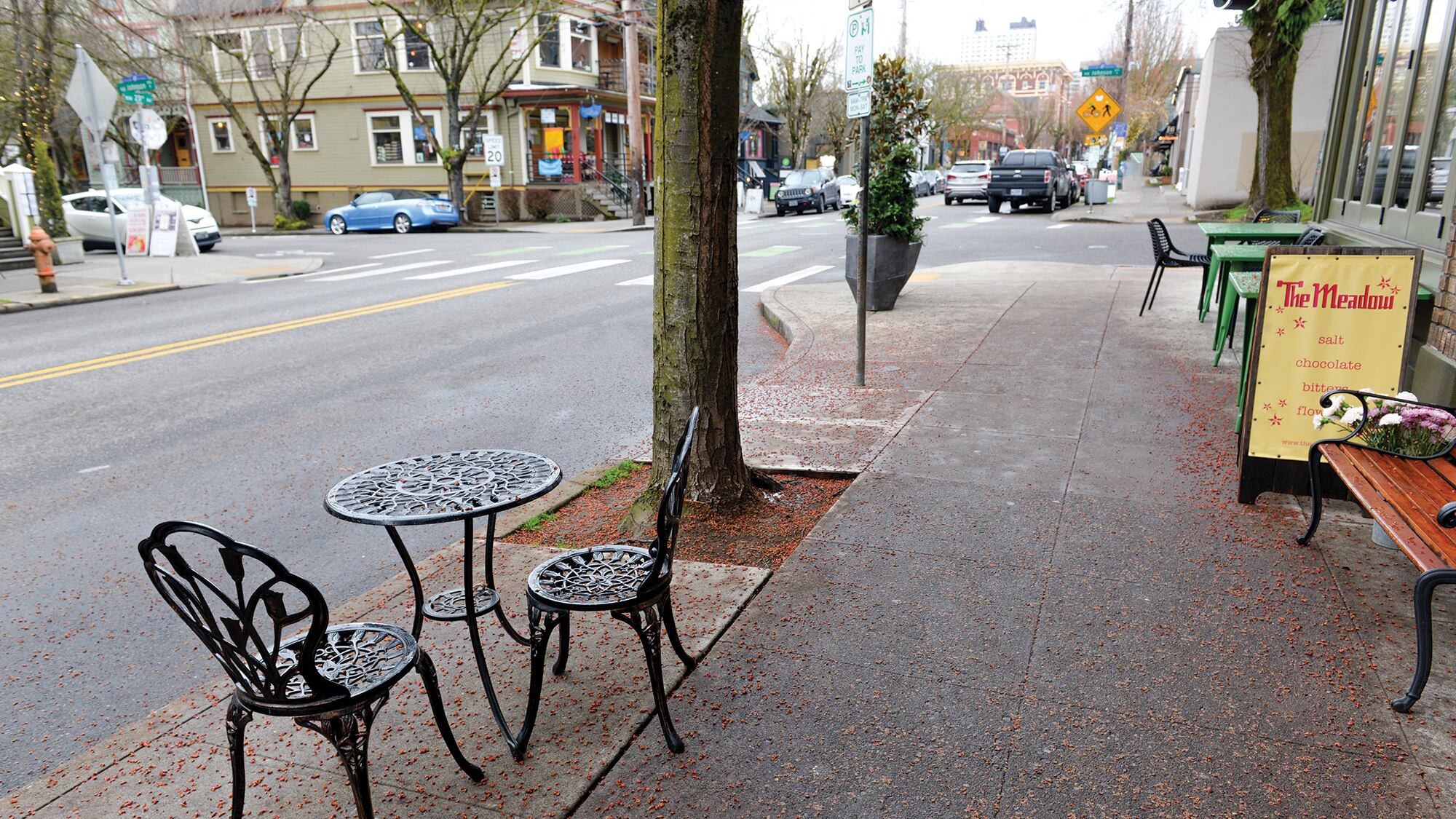In the course of a single week, Gov. Kate Brown has done what previously seemed unthinkable. She shuttered Oregon's schools, restaurants and nightclubs, and capped public gatherings at 25 people.
Don't expect a return to normality to happen so quickly.
Experts say there's no way to know how long Oregonians will need to practice social distancing—that is, remaining in their homes and avoiding any unnecessary contact with others. But the current timeline—a four-week closure for bars and restuarants, and six weeks for schools—may be just the beginning.
"In a normal recession, we need to stop the bleeding and return confidence about the economy," state economist Josh Lehner said March 17. "Today we need to return confidence about public health. Timeline is unknown here. That's what freaks me out."
By now, you've heard the concept of "flattening the curve": reducing the spike in COVID-19 cases by staying home. But keeping that curve flat may also mean stretching it out—not just until April, but into summer or fall, or until a vaccine is ready next year. (See chart below.)

In theory, a short period of social isolation could help quickly determine who has the disease and who doesn't and halt the spread. But that would require strict adherence to staying away from other people not in your household.
"Two weeks could work if we take it seriously," says Carlos J. Crespo, director of Portland State University's School of Community Health. He thinks that's enough time for people who have been infected to show symptoms, allowing health officials to isolate the disease.
But he also recommends the governor close all commercial establishments close to help keep people and their germs apart. "I don't care if it's a gym, a school or a mall," he says.
Part of the problem is Oregon's lack of testing. Without it, public health and elected officials are flying blind on how many people have the virus and where it is.
"You cannot wait for data that will not come to make a decision," says Crespo. "We have to make these decisions that seem draconian but they're very necessary."
